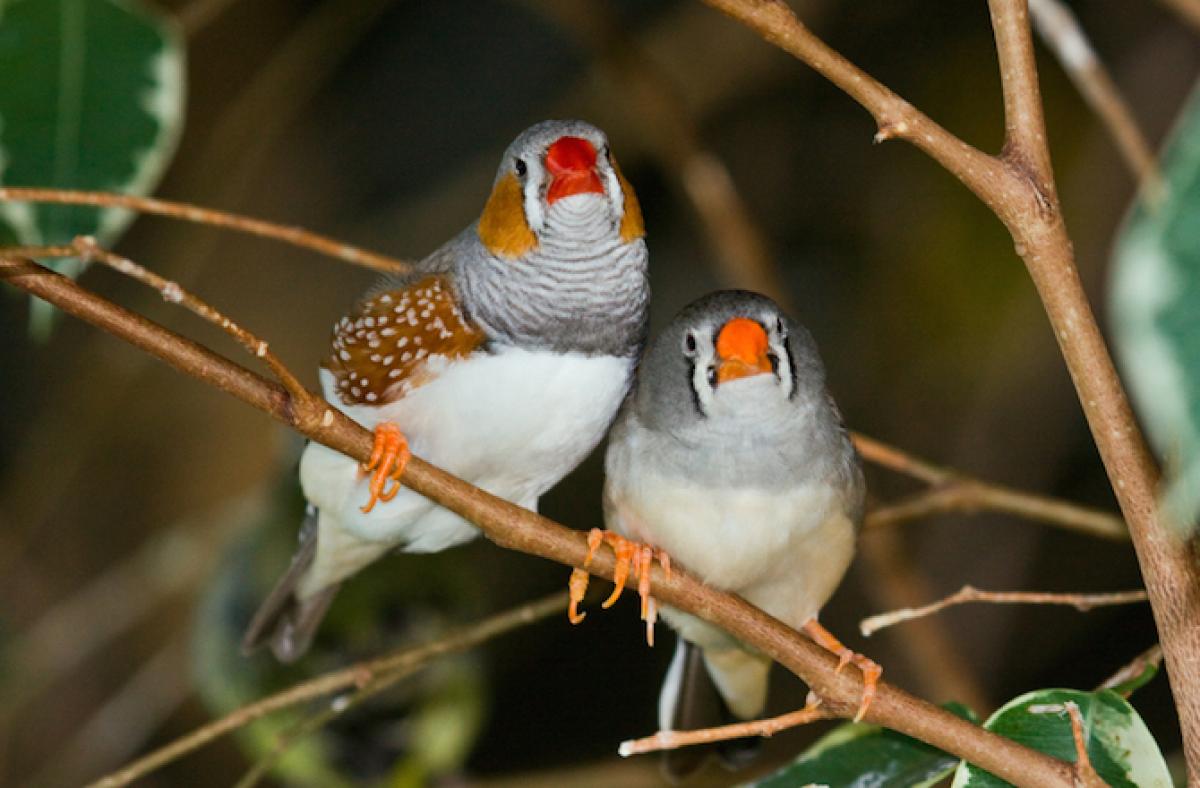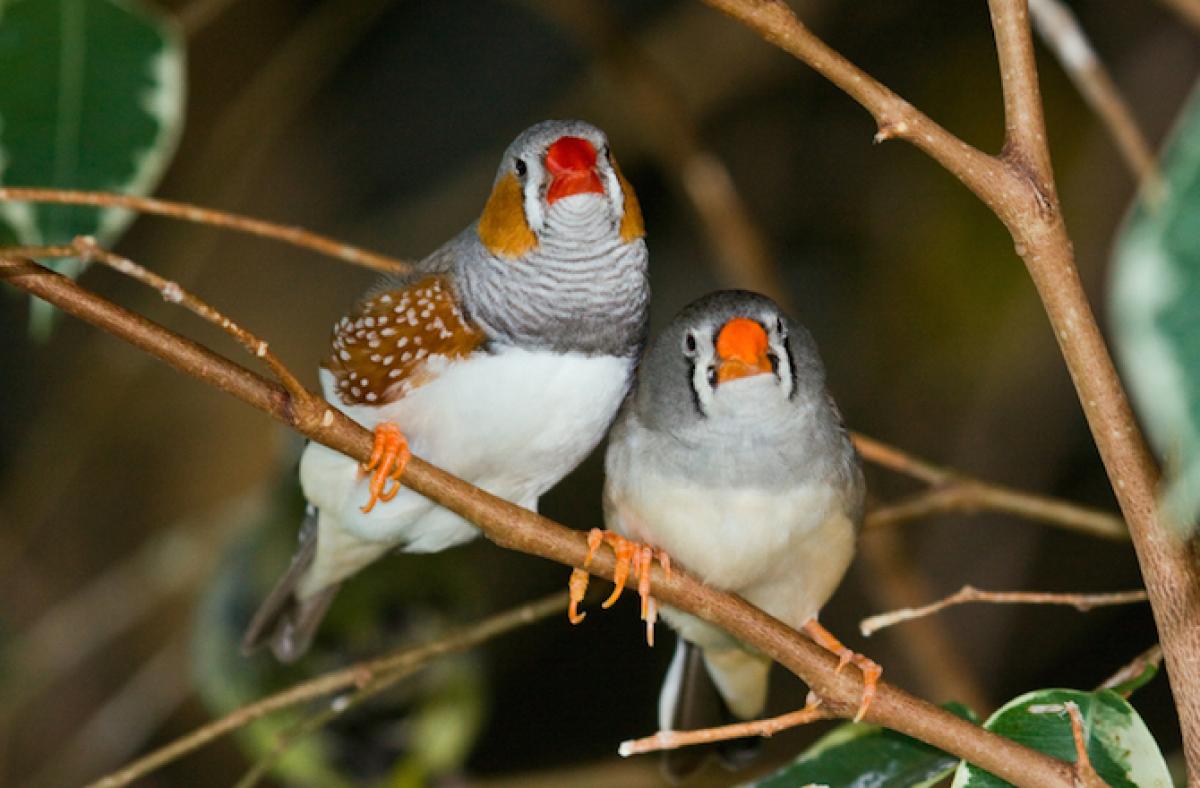Live
- Siddaramaiah has special love for Muslims: BJP
- We can’t afford spending less than 6% of GDP on healthcare
- Guinness World Record for continuous Hanuman Chalisa chanting
- REMOTE TRIBAL AREA TO GET NEW BRIDGE
- Dr LB College, Woxsen teams win in Climate Tank Accelerator event
- CM Revanth petitions for change in Paleru rly line
- Udupi MP seeks more key highways on top priority
- New diet plan rolled out at welfare hostels
- HRF demands for nation-wide caste census
- SP launches Medicover family health card
Just In

x
Highlights
Not just humans but birds too fall in love and females choose mates if they find them stimulating in some way that is not necessarily obvious to an outside observer.
Not just humans but birds too fall in love and females choose mates if they find them stimulating in some way that is not necessarily obvious to an outside observer.

This stimulation “turns on” the females to increase the likelihood of successful copulation and encourages paternal commitment for the time needed to raise the young.
Sounds familiar? This is presumably what the human dating game is about, say researchers from Max Planck Institute for Ornithology in Seewiesen, Germany.
In the study, the team focused on a socially monogamous bird - the zebra finch - and put male and female birds in a room.
Using a population of 160 birds, the authors set up a speed-dating session, leaving groups of 20 females to choose freely between 20 males.
Once the birds had paired off, half of the couples were allowed to go off into a life of wedded bliss.
For the other half, however, the authors intervened like overbearing Victorian parents, splitting up the happy pair, and forcibly pairing them with other broken-hearted individuals.
Bird couples, whether happy or somewhat disgruntled, were then left to breed in aviaries.
The authors assessed couples' behaviour and the number and paternity of dead embryos, dead chicks and surviving offspring.
Strikingly, the final number of surviving chicks was 37 percent higher for individuals in chosen pairs than those in non-chosen pairs.
The nests of non-chosen pairs had almost three times as many unfertilised eggs as the chosen ones, a greater number of eggs were either buried or lost, and markedly more chicks died after hatching.
“Most deaths occurred within the chicks' first 48 hours, a critical period for parental care during which non-chosen fathers were markedly less diligent in their nest-care duties,” noted the team of Malika Ihle, Bart Kempenaers and Wolfgang Forstmeier.
Watching the couples' courtship showed some noticeable differences.
Although non-chosen males paid the same amount of attention to their mates as the chosen ones did, the non-chosen females were far less receptive to their advances and tended to copulate less often.
An analysis of harmonious behaviour revealed that non-chosen couples were generally significantly less lovey-dovey than the chosen ones.
“There was also a higher level of infidelity in birds from non-chosen pairs - interestingly the straying of male birds increased as time went by while females roamed less,” the trio pointed out.
Overall, the authors conclude that birds vary rather idiosyncratically in their tastes like us humans.
The study was publishing in the Open Access journal PLOS Biology.
More On

Next Story
More Stories
ADVERTISEMENT
© 2024 Hyderabad Media House Limited/The Hans India. All rights reserved. Powered by hocalwire.com







